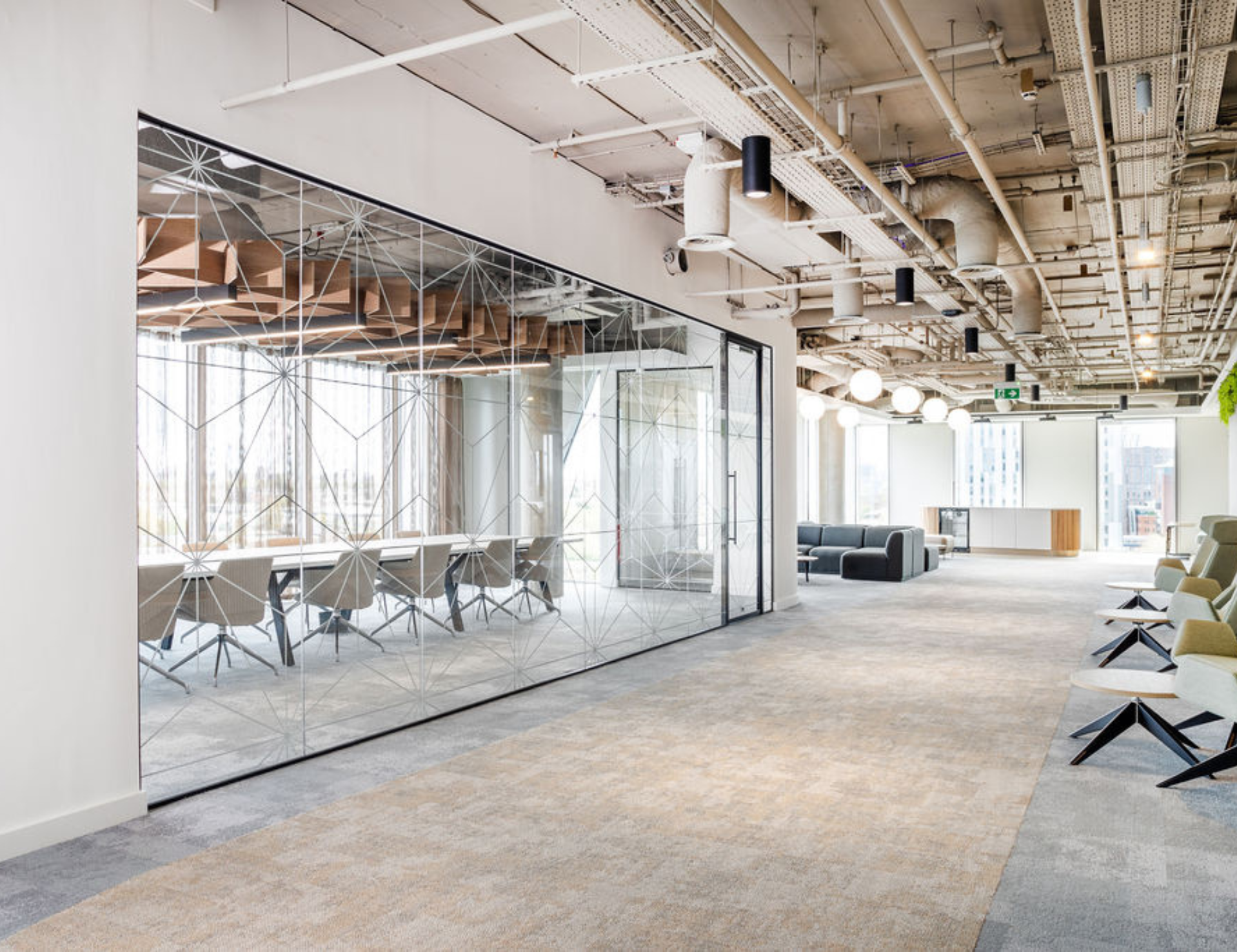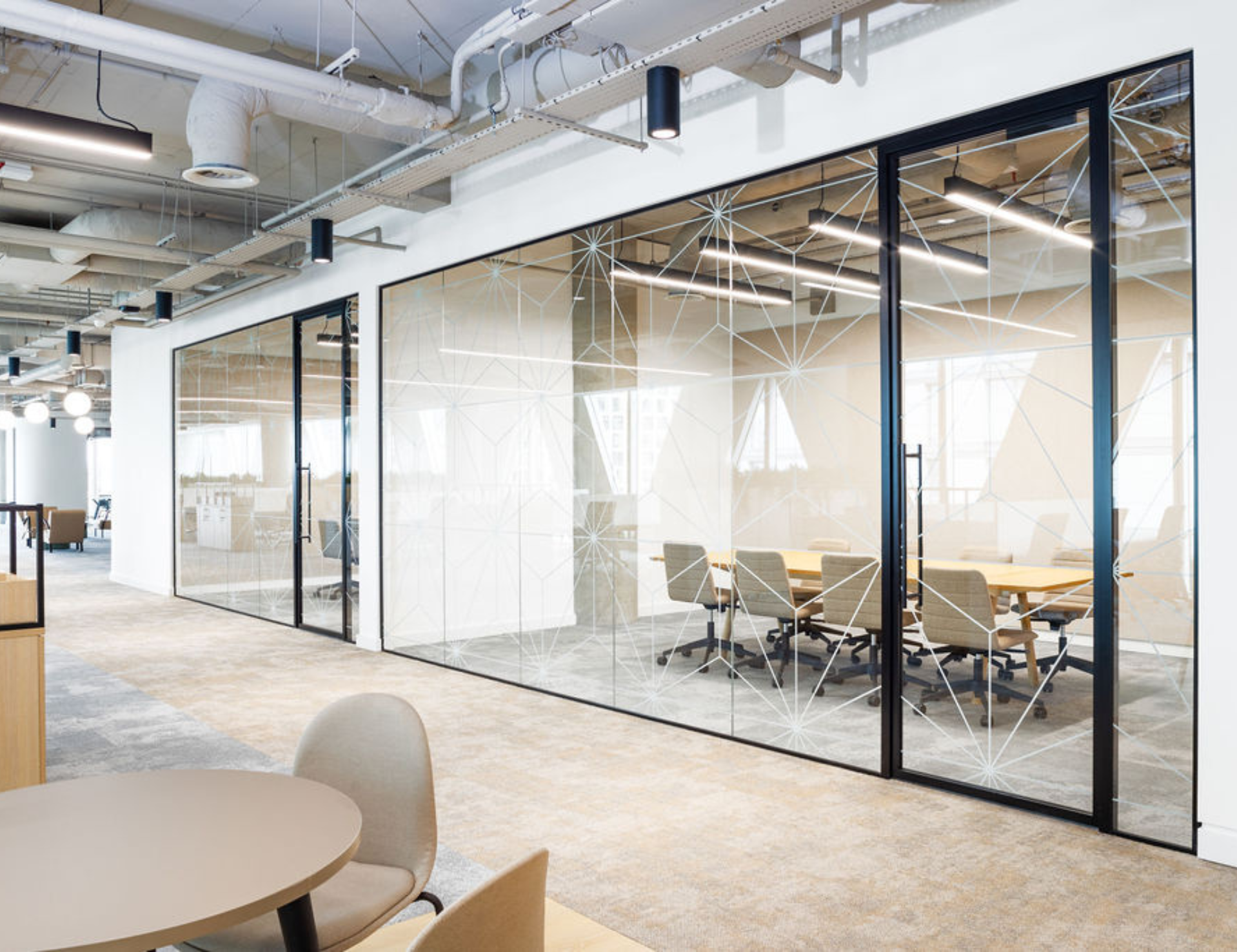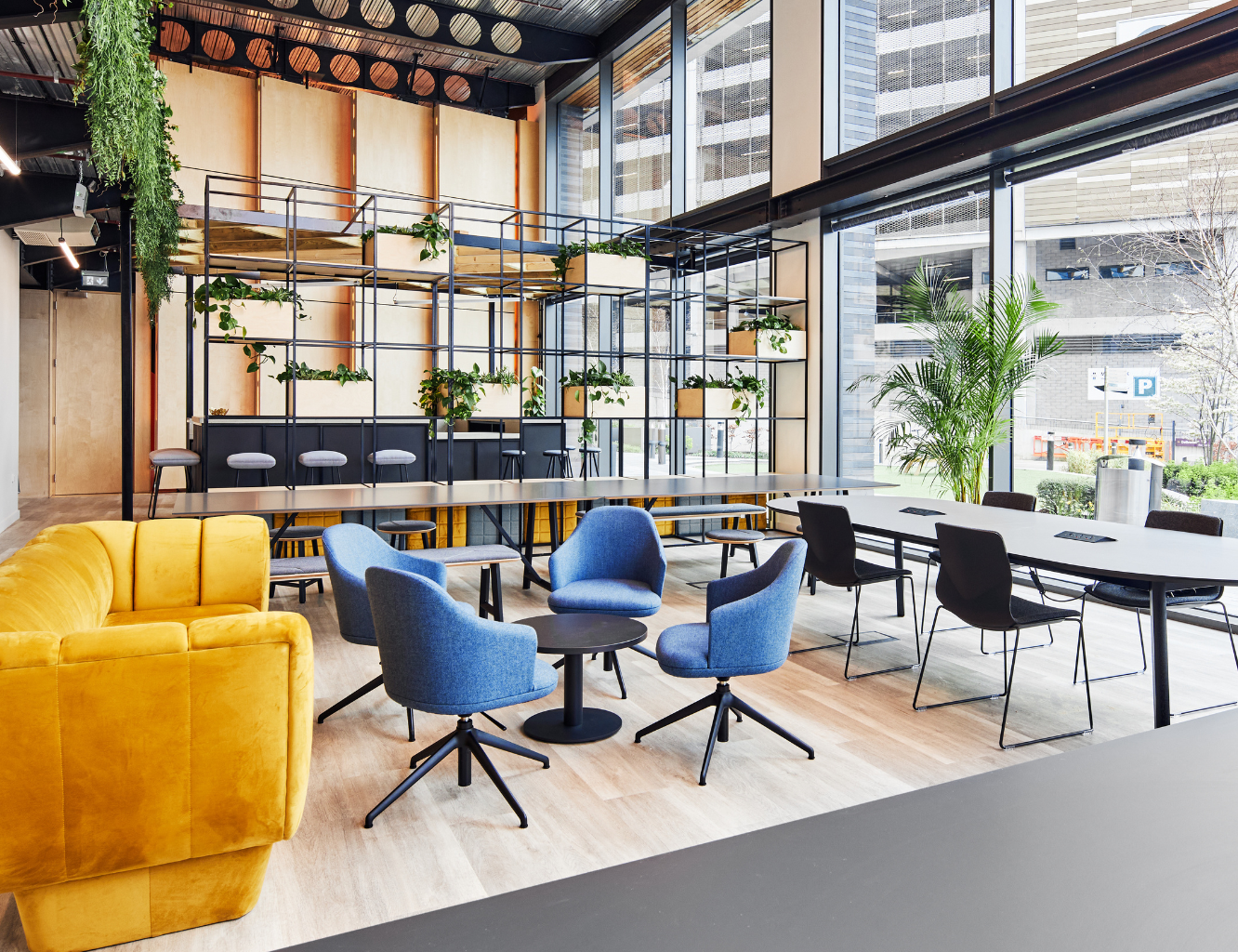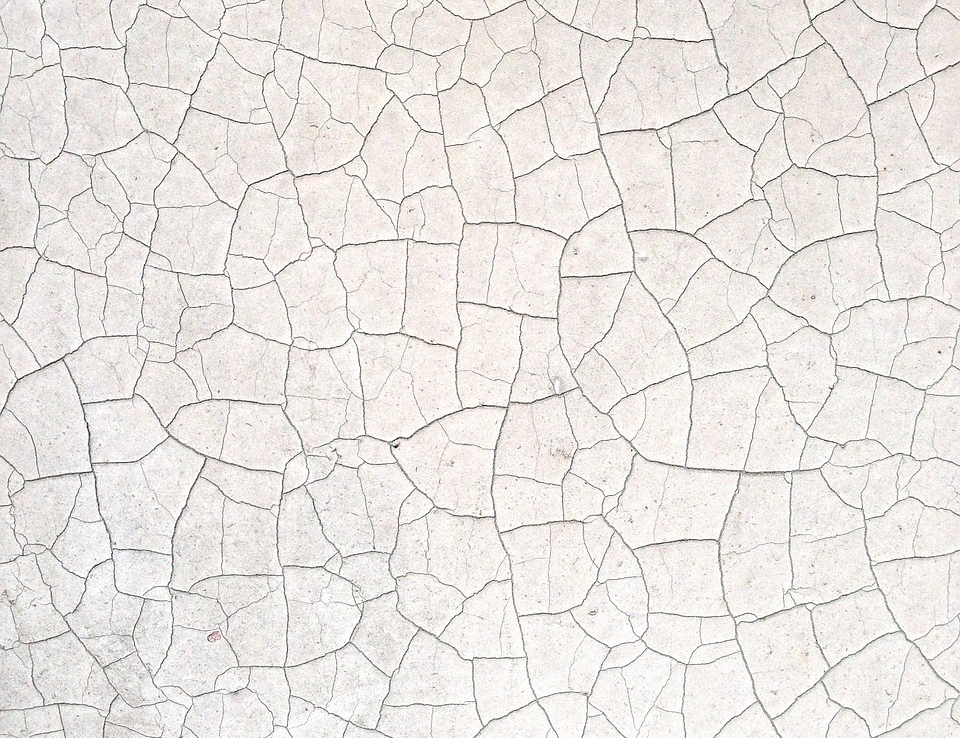Interior design is both an art and a science, involving the enhancement of interior spaces to create healthier and more aesthetically pleasing environments. Whether you’re redesigning a single room or an entire home, understanding the core principles of interior design is essential. These principles – space, line, forms, light, colour, texture, and pattern – serve as the foundation for creating harmonious and functional spaces. Let’s delve into each of these principles in detail, along with some contemporary insights and statistics to give you a comprehensive understanding.
Space
Space is the foundation of any interior design. It refers to the physical boundaries of a room, including its length, width, and height. Space can be divided into two categories: positive space (filled with furniture and decor) and negative space (empty areas).
Tips for Using Space Effectively:
- Balance Positive and Negative Space: Ensure there’s enough negative space to allow for movement and avoid clutter.
- Consider Room Size: Use furniture and decor that are proportionate to the size of the room. Large pieces in a small room can make it feel cramped, while small pieces in a large room can feel lost.

Line
Lines guide the eye and define shapes within a space. They can be horizontal, vertical, or dynamic (curved or zigzag). Lines create structure and a sense of direction.
Tips for Incorporating Lines:
- Horizontal Lines: Use these to create a sense of stability and groundedness. They are great for making a room appear wider.
- Vertical Lines: These create height and a feeling of grandeur, ideal for making ceilings appear higher.
- Dynamic Lines: Incorporate curves and angles to add interest and movement.

Forms
Forms are shapes within a space, encompassing the physical contour of objects. Forms can be geometric (angular and precise) or natural (organic and fluid).
Tips for Using Forms:
- Consistency: Ensure a consistent form style throughout a room to maintain harmony.
- Balance: Mix geometric and natural forms to create visual interest.

Light
Light is a crucial element in interior design. It affects how we perceive colours and textures and can influence the mood of a space. Natural light is always preferred, but artificial lighting is essential for creating ambiance and functionality.
Types of Lighting:
- Ambient Lighting: General lighting for overall illumination.
- Task Lighting: Focused lighting for specific tasks like reading or cooking.
- Accent Lighting: Decorative lighting to highlight particular features or objects.
Tips for Effective Lighting:
- Layer Lighting: Combine different types of lighting to create a versatile and dynamic space.
- Natural Light: Maximise natural light with windows, skylights, and reflective surfaces.

Colour
Colour has a profound impact on mood and perception in interior design. It can make a space feel warm or cool, large or small, calm or energetic.
Tips for Choosing Colours:
- Colour Schemes: Use complementary or analogous colour schemes for a cohesive look.
- Mood Influence: Warm colours like red, yellow, and orange can create a cosy atmosphere, while cool colours like blue and green evoke calmness.
- Accents: Use bold colours in accents to add interest without overwhelming the space.
According to a recent trend highlighted by Vogue UK, there is a growing emphasis on “quiet luxury” in design, which focuses on classic, timeless pieces that can be adapted and reused over time.

Texture
Texture refers to the surface quality of materials and objects. It can be tactile (how it feels) or visual (how it looks). Texture adds depth and interest to a room.
Tips for Using Texture:
- Mix Textures: Combine smooth, rough, shiny, and matte surfaces for a balanced look.
- Layer Textures: Use layers of textures in fabrics, furniture, and decor to create a rich, inviting environment.

Pattern
Patterns add life and movement to a space. They can be geometric, abstract, floral, or any repetitive design. Patterns can be used on walls, fabrics, rugs, and accessories.
Tips for Incorporating Patterns:
- Scale and Proportion: Consider the scale of patterns in relation to the size of the room and other patterns.
- Mix and Match: Combine different patterns that complement each other in colour and style to avoid visual chaos.
However, it’s important to note that not all trends age well. For instance, some popular “farmhouse” light fixtures are now considered overused and dated (Reddit user).

Conclusion
Understanding and applying these seven key principles of interior design – space, line, forms, light, colour, texture, and pattern – can transform any space into a harmonious and functional haven. Whether you’re a professional designer or a DIY enthusiast, these principles provide a solid foundation for creating beautiful interiors. The goal is to balance all these elements to create a cohesive and aesthetically pleasing environment that reflects your personality and meets your needs.
The interior design industry is robust and continues to grow. In 2023, the market size of the Interior Design Activities industry in the UK was £1.6 billion, underscoring the significant economic impact and demand for professional design services (IBISWorld).
By embracing these principles and staying informed about current trends and industry insights, you can create spaces that are not only functional but also timeless and stylish.

